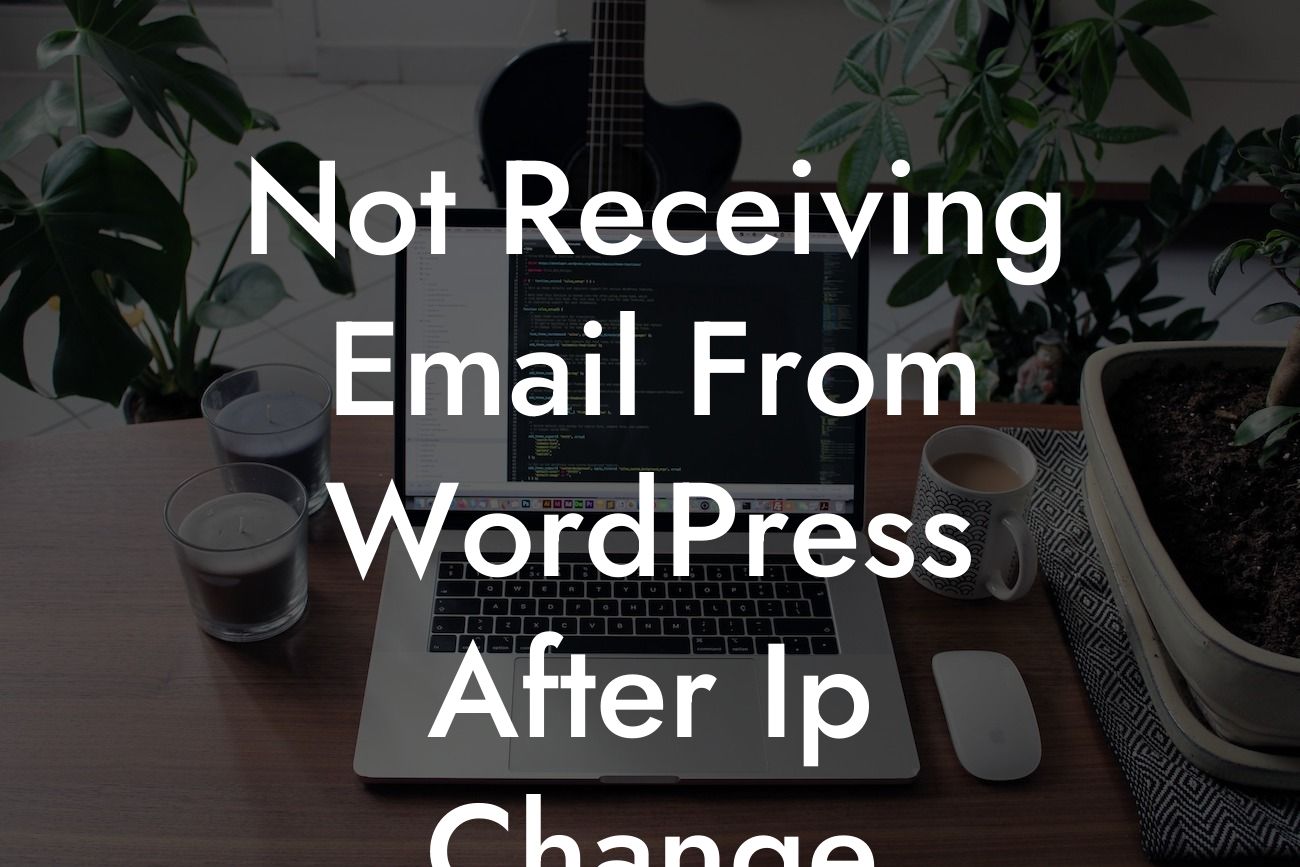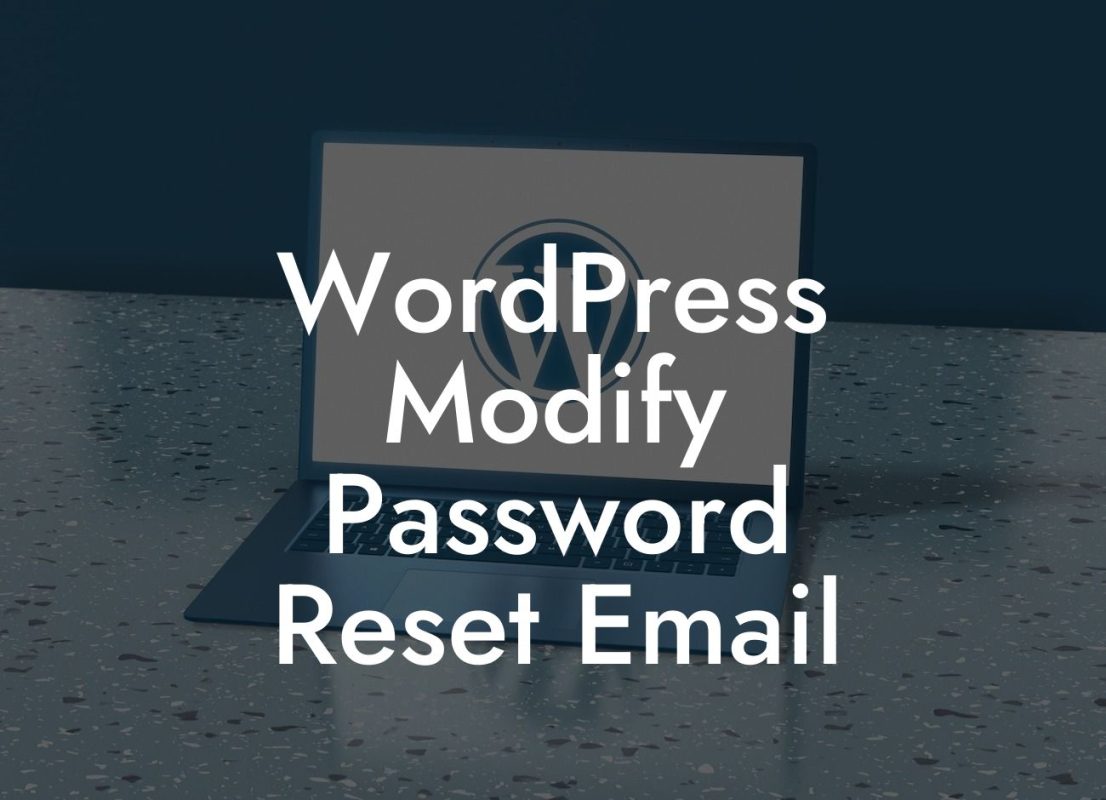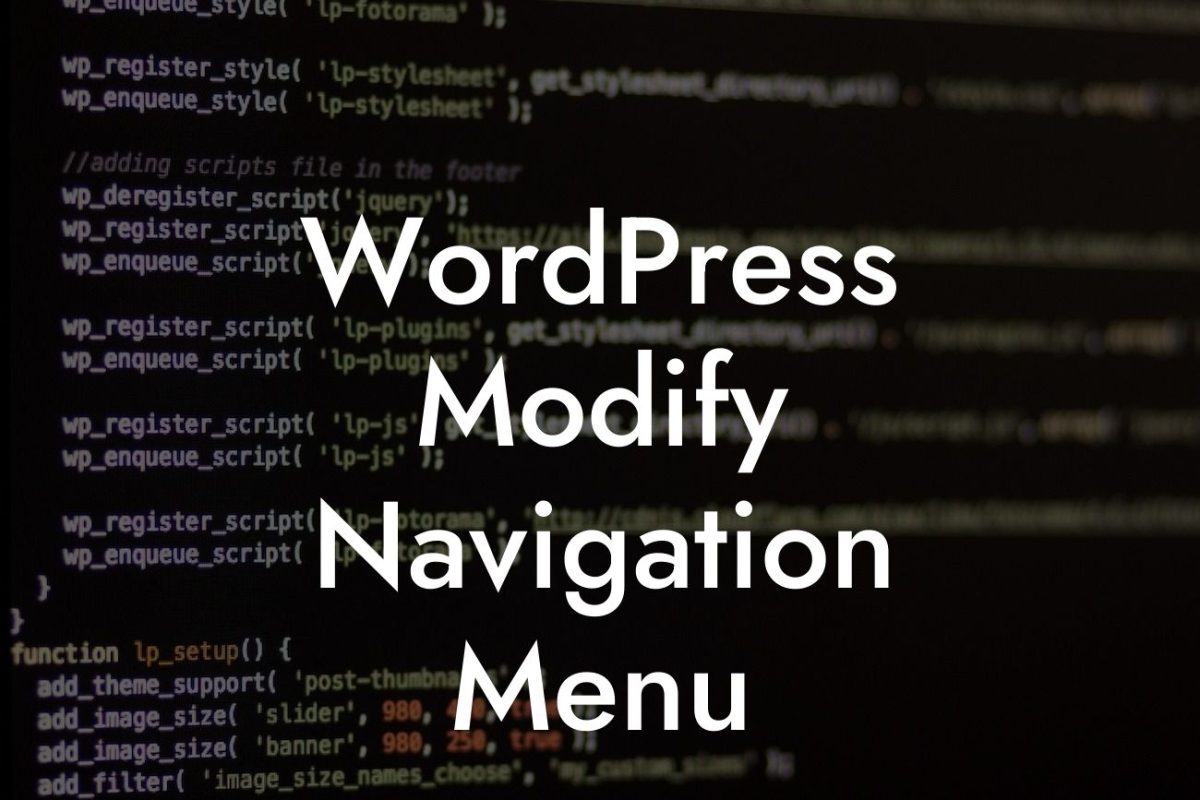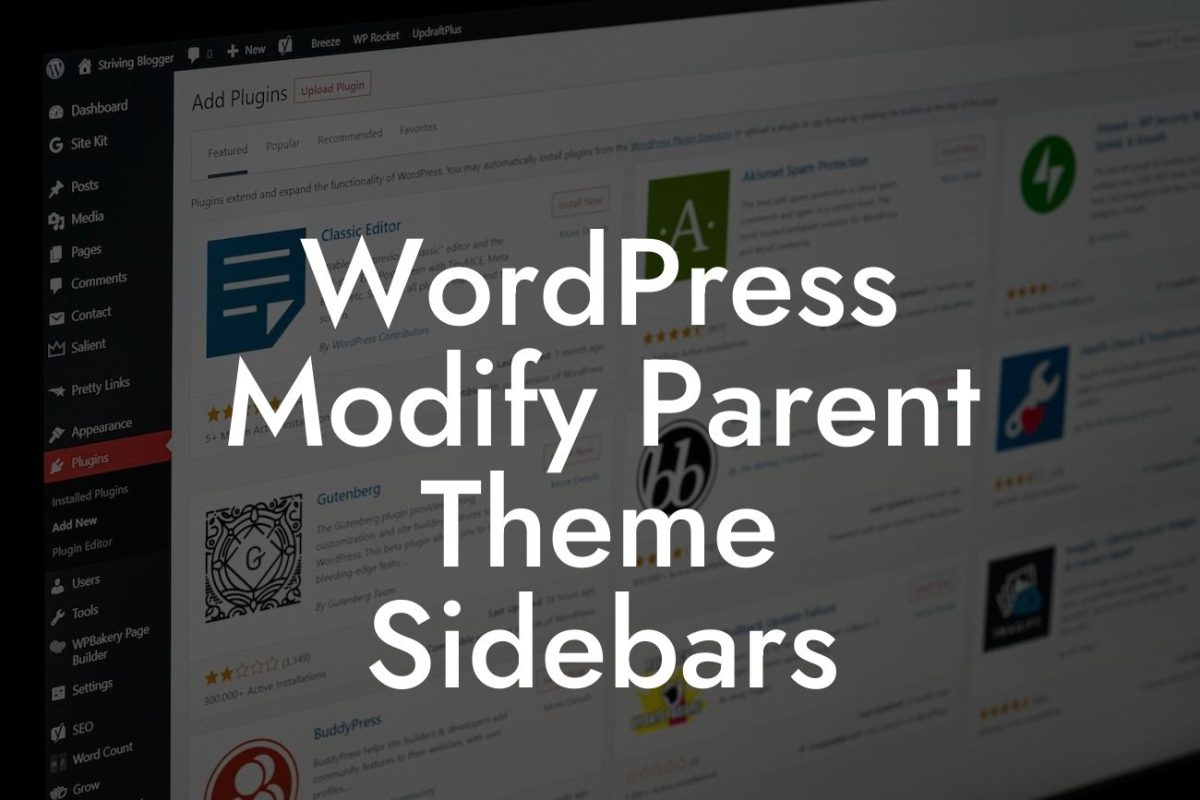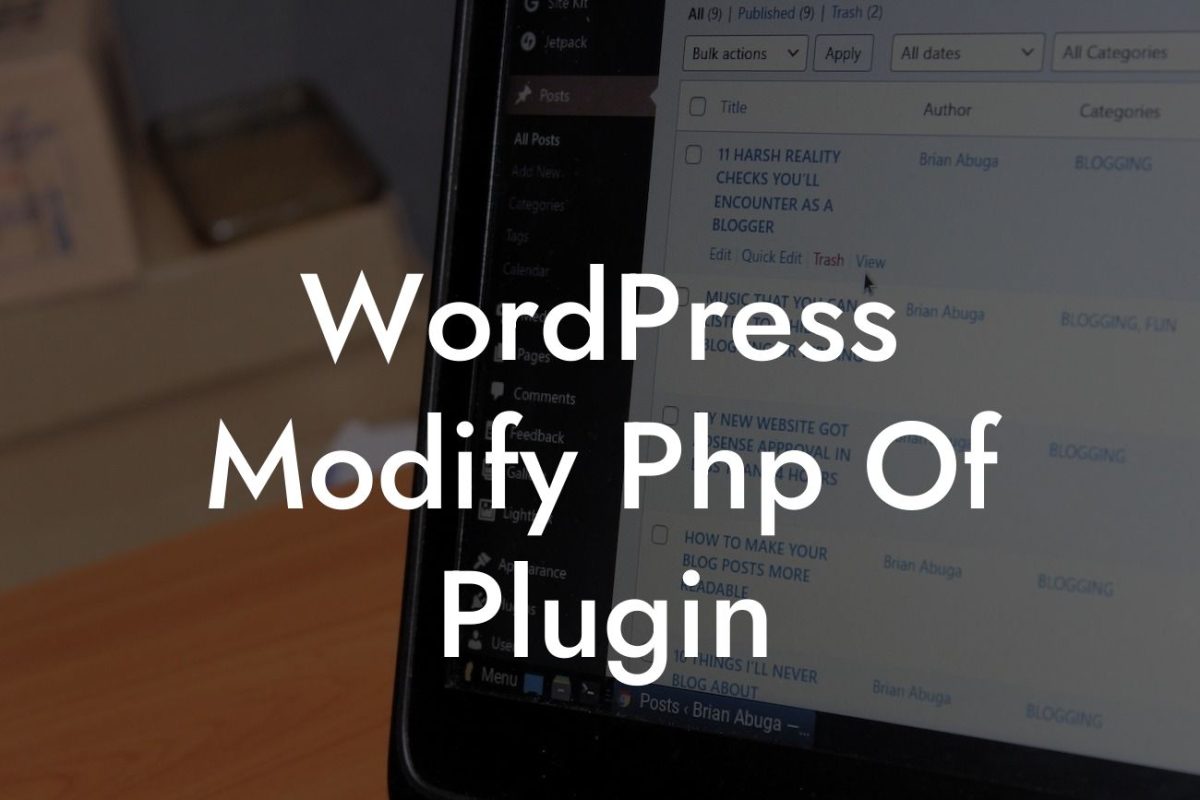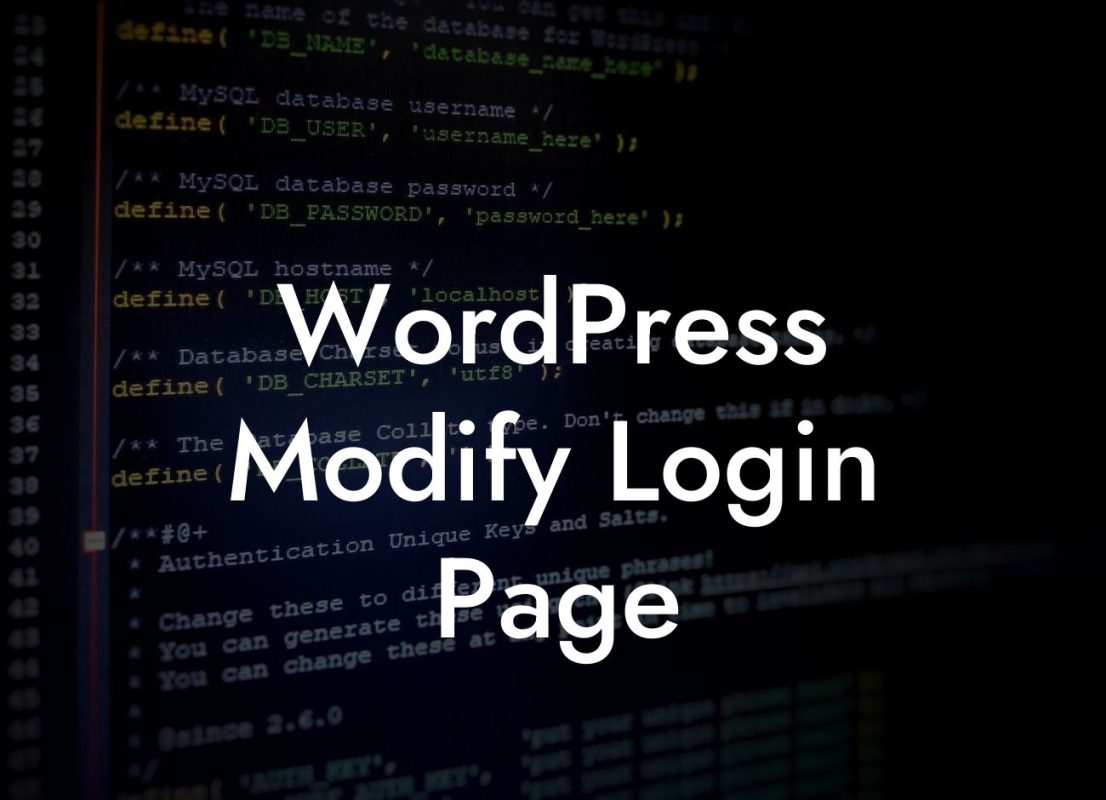Are you a small business owner or entrepreneur who recently changed your IP address and now you're not receiving emails from your WordPress site? Don't worry, you're not alone. Many website owners face this issue after making an IP change. In this blog post, we will guide you through the process of troubleshooting and resolving this problem, ensuring that your communication remains seamless and uninterrupted.
One of the most common reasons for not receiving emails after an IP change is misconfigured DNS records. To resolve this issue, follow these steps:
1. Check your MX records: Start by checking your mail exchanger (MX) records in your DNS settings. Ensure that the MX records are pointing to the correct mail server associated with your new IP address. You can find this information from your hosting provider or domain registrar.
2. Update SPF records: Sender Policy Framework (SPF) records verify that the emails sent from your domain are legitimate. Update your SPF records to include your new IP address and any other authorized mail servers. This will help prevent your emails from being marked as spam or rejected by the recipient's email provider.
3. Configure DKIM and DMARC: DomainKeys Identified Mail (DKIM) and Domain-based Message Authentication, Reporting, and Conformance (DMARC) provide additional layers of email authentication. Ensure that your DKIM and DMARC records are updated with the new IP address to maintain secure and trusted email delivery.
Looking For a Custom QuickBook Integration?
Not Receiving Email From Wordpress After Ip Change Example:
Let's say you recently migrated your WordPress site to a new hosting provider, resulting in an IP change. Suddenly, you notice that you're not receiving any email notifications from your website, including contact form submissions or comment notifications.
To troubleshoot this issue, start by accessing your domain registrar's DNS management panel. Check the MX records and update them to point to the correct mail server associated with your new hosting provider's IP address. Additionally, update and configure your SPF, DKIM, and DMARC records to include the new IP address. Once these changes are made, give it some time for the DNS propagation to take effect.
Congratulations! You have successfully resolved the issue of not receiving emails from WordPress after an IP change. Now, you can continue seamlessly communicating with your audience and customers through your website. Don't forget to share this article with others who might find it helpful. Explore more guides on DamnWoo to enhance your online presence and make the most of your WordPress site. Try out our awesome plugins and empower your business with extraordinary solutions.

